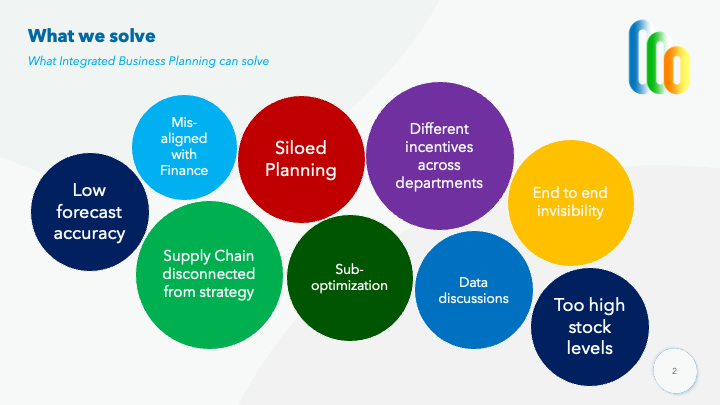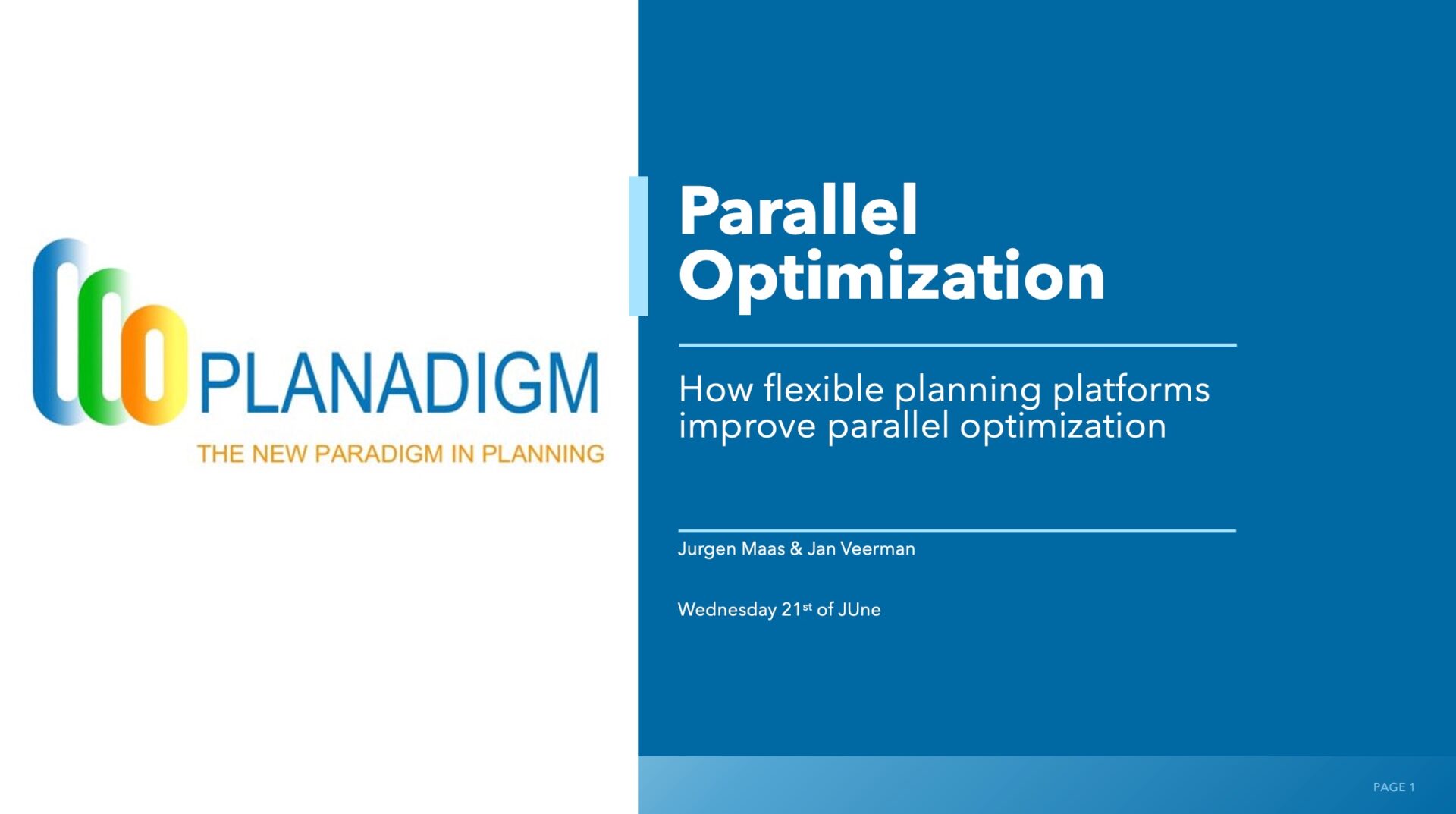Integrated Business Planning - Introduction
Introduction

Integrated Business Planning

IBP Framework
The implementation of IBP in your organisation is not an easy exercise. You need C-level commitment, a long term focus, commitment from all departments and regular check ups on progress. It is a journey your company will take, but implemented well, it will give you long term benefits! Like better margins, higher returns, increased productivity, aligned departments. Our IBP Framework consists of several parts:
- Main components
- Strategy
- Finance
- Operations
- Processes
- Drive
- Align
- Verify
- Control cycle
- Plan
- Do
- Check
- Act
- Resources
- People
- Processes
- Tools
- Analytics
- External forces
- Competition
- Social & Economics
- Risks & Opportunities
- Laws & Regulations
- IBP Maturity level
Each will be explained in more detail in the next blogs, so I advise you to follow our website and LinkedIn page to keep track of our updates. We will post our IBP blogs in a biweekly cadence for the next weeks (including this blog post) based on these topics:
1. Introduction IBP (this blogpost)
2. Strategy
3. Finance
4. Operations
5. Plan – Do – Check – Act
6. People – Process – Tools – Analytics
7. Competition – Social & Economics – Risk & Opportunities – Laws & Regulations
8. IBP Maturity
9. IBP Roadmap – closure
Resilience
- Improved bottom-line results: +6%
- Optimised inventory levels: -25%
- Increased forecast accuracy: +20%
- Improved on-time delivery: +10%



